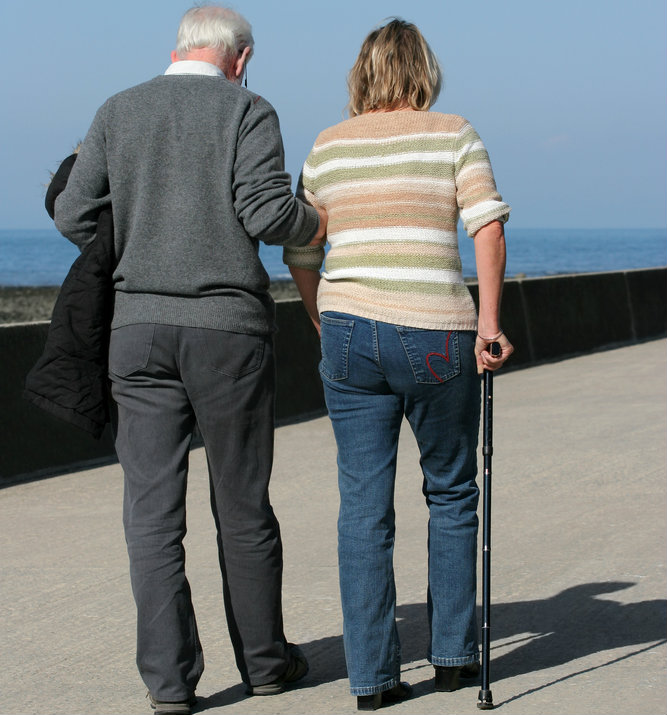They’re not multiple sclerosis patients, but researchers using electrical stimulation of the spinal cord have returned some above-the-waste movement to two quadriplegics.
In the past, researchers have been successful returning some voluntary leg movement to quads when the lower spinal column was stimulated by electric pulses, but this appears to be the first report that electrical stimulation of the cervical spine can produce movement above the waist; in this case, in the hands. The research was first published on the web site “Neurorehabilitation and Neural Repair” and was more recently reported on the National Institute of Health web site.
The two patients had severe cervical spine injuries and had been paralyzed for more than 18 months. Doctors implanted 16 electrodes on their spine above and below their injuries. Then the two received electrical pulses while trying to grasp and move a hand grip.
The researchers report that both patients’ hand strength improved after just one treatment session. After additional sessions their hand strength improved some more, as did their hand control. And the strength and control improvements continued even without the stimulation.
This translated to large gains in their ability to feed, bathe and dress themselves. Their ability to move around in bed, and get in and out of bed, also improved. One patient even regained the ability to pick up and drink from a cup.
The researchers, led by Dr. Daniel Lu at UCLA, think the stimulation reawakens spinal cord nerves that were damaged by the accident. The nerves then rewire themselves and relearn their old “jobs.”
Could this technique be used to reawaken the nerves of multiple sclerosis patients? Beats me…but, to this layman, this research certainly seems encouraging.


